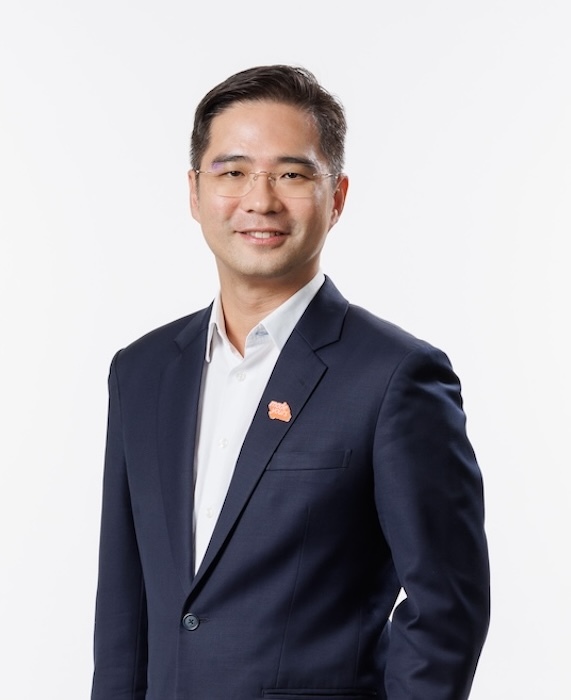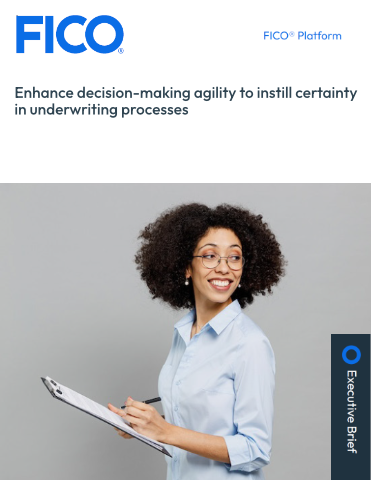The brown-to-green transition
Sponsored by Income Insurance LimitedHow insurers in APAC are balancing profitability with the increasing need for sustainability

Insurers in the Asia-Pacific region are embedding sustainability goals into their business models, enabling them to create environmentally and socially responsible products and investment opportunities while mitigating their own risks more effectively.
Sustainability as a way forward is becoming increasingly important to countries around the world, as they seek to avert climate catastrophe and encourage more socially responsible business practices.
The insurance industry is well placed to help with this, and those in the Asia-Pacific (APAC) regions are doing just that. According to research by global asset manager abrdn and financial services strategy consultancy Quinlan & Associates, 70 per cent of APAC insurers have either already integrated sustainability principles into their business models and policies or are in the process of doing so. There are three main ways in which insurers from the region are going about this:
Risk management and underwriting
Shannen Fong, VP & Head, Strategic Communications & Sustainability at Income Insurance, a Singapore-based composite insurer, says insurers in the region are taking steps to address environmental risks such as climate change within their sustainability frameworks.
“Insurers are fundamentally in the business of risk mitigation and protection,” says Fong. “Environmental and climate risks are interconnected and have wide-ranging implications on societies, as they can affect public health and livelihoods.”
David Chua, Chief Investment Officer at Income Insurance, says his company’s approach to underwriting risk has evolved significantly. “In the past, extreme weather events such as flooding in Singapore might not have been fully factored into risk models,” he adds. “But today, we are much more conscious about physical climate risks and the impact on our claims exposure. This helps us to manage catastrophic risks better.”
Insurers are systematically managing environmental risks through their process of managing enterprise risk. This involves setting out a clear approach to identify, assess and manage environmental risks through framework and policy.
Insurers such as Income Insurance are also conducting climate scenario analyses and stress tests as part of their own risk and solvency assessments, which can help them better understand the environmental risks and plan for their potential impact. “This is essential to assess the resilience of material business lines and capital adequacy against climate risks,” says Fong. To track environmental risk exposures, insurers are using metrics and tools such as absolute emissions and weighted average carbon intensity to support their insights.
Another way to drive impact, Fong adds, is by ceasing to provide new cover to entities that raise particular environmental risks, such as those engaging in coal mining or specific types of oil exploration. Income Insurance has put in place thermal coal sector and oil sands restrictions in its business and aims to phase out underwriting of property and casualty business in coal sectors by 2040.
“However, we recognise that Asia is in the midst of energy transition from coal to renewables and the socioeconomic and energy infrastructure in Asia is still very dependent on coal as a source of energy and livelihoods,” says Fong. “Hence, it is important to support a just and inclusive transition by considering the challenges in the region so that inclusive progress can happen.”
Environmentally responsible investing
Insurers can also make a difference in how and where they invest. Being in the business of underwriting financing as well as active investing across industry sectors, insurers are in a unique position to influence sustainability. “Focusing on where our environmental impact is most concentrated offers the greatest opportunity for meaningful change and impact,” says Chua.
Income Insurance has US$32 billion in assets invested in Asia and globally, enabling it to play a significant role in driving and supporting the climate transition. To reduce its carbon footprint, Income Insurance focuses on decarbonising its investment portfolio. “Over the past few years, we have actively engaged our fund partners to align our investments with decarbonisation objectives, so that we address both the risks and return opportunities associated with global climate action,” says Chua.
More recently, there has been a shift from green financing towards transition financing to support climate transition, Chua adds. “This reflects the practical challenges of APAC economies’ green transition. With business and consumer price pressures, coupled with legacy grid systems, there is still reliance on ‘less green’ energy sources.”
Income Insurance committed US$737 million to climate financing and invested US$50 million in the Fullerton Carbon Action Fund as an anchor investor in January 2024. This move seeks to advance decarbonisation outcomes in its portfolio companies while supporting investment strategies that can help address climate change as they seek to deliver attractive risk-adjusted returns for investors.
Insurers are also supporting climate change projects through their own investments, typically through either fixed income assets or the private market. “Fixed income is often the first asset that insurers would explore on this front, given that the bulk of insurance assets are invested in this,” Chua says.
In 2022, Singapore issued US$1.8 billion of Green Singapore Government Securities as part of a larger programme of US$26 billion of sovereign and public sector bonds, which saw significant demand from insurance companies. “Private markets have also provided insurers with attractive opportunities to invest in infrastructure and renewables that help mitigate the effects of climate change,” Chua adds. “The long-term nature of these markets and their ability to attract patient capital make them good investment options.”
Inclusive insurance products and services
From a wider social responsibility perspective, embedded insurance – any insurance that can be purchased within the commercial transaction of another product or service – can help encourage financial inclusion. “We regard embedded insurance as a key driver to closing protection gaps, which is a core and fundamental sustainability remit for insurers,” says Fong.
Seventy million people in Southeast Asia (SEA) have become digital consumers and APAC leads the microinsurance charge towards financial inclusion, driven by its large population and untapped market potential. “For example, SNACK by Income, which is a lifestyle-based microinsurance and investment offering, allows users to stack insurance protection pegged to lifestyle activities such as grocery shopping or going for a jog, and has doubled its growth rate each year since 2021,” Fong adds. Recently, SNACK evolved its product offering to add a new feature that allows users on its mobile app to track their carbon footprint based on their daily activities by spend.
Across the region, Income Insurance is also working with other like-minded insurers with the shared vision to drive financial inclusion via innovative stackable microinsurance models. These include pay-as-you-earn insurance for domestic helpers as well as embedded insurance within the digital banking journey for any funds transfer or QR payments – further driving greater accessibility to insurance to close protection gaps.
In addition, Chua also highlighted a trend towards next-generation thematic ESG funds that focus on specific sustainability goals, which enable customers to easily align their investments with their values. “This could be those that invest in firms that deliver sustained transition outcomes or are enabling transition with groundbreaking technologies,” he says.
Overcoming obstacles
While sustainability is already practised at different levels of maturity and advancement across the APAC insurance industry, there are still challenges that need to be overcome in all three areas before sustainability becomes more widely embedded. “There is still a misperception that sustainable investments underperform traditional options, and this makes customer education and internal stakeholder buy-in crucial,” says Chua.
“Secondly, information and data gaps are another key challenge for insurers to underwrite and price ESG-related insurance innovations,” Fong adds. “For example, research on the impact of heat stress due to climate change on mortality and morbidity has not been conclusive, making actuary assessments difficult for innovating, pricing and underwriting insurance propositions.”
There can also be resistance to new products which can help encourage diversification. “For example, while pay-as-you-drive or mileage-based motor insurance supports customers’ climate transition, it is intuitively deemed cannibalising to the traditional motor business,” Fong says. “A mindset change that sees ESG-related or sustainable products as complementary and an extension to product diversification is pivotal. It is no longer just about understanding the science but influencing strategic and operational ways of working across the diverse insurance disciplines and value chain.”



Business Reporter Team
Related Articles
Most Viewed
Winston House, 3rd Floor, Units 306-309, 2-4 Dollis Park, London, N3 1HF
23-29 Hendon Lane, London, N3 1RT
020 8349 4363
© 2025, Lyonsdown Limited. Business Reporter® is a registered trademark of Lyonsdown Ltd. VAT registration number: 830519543





